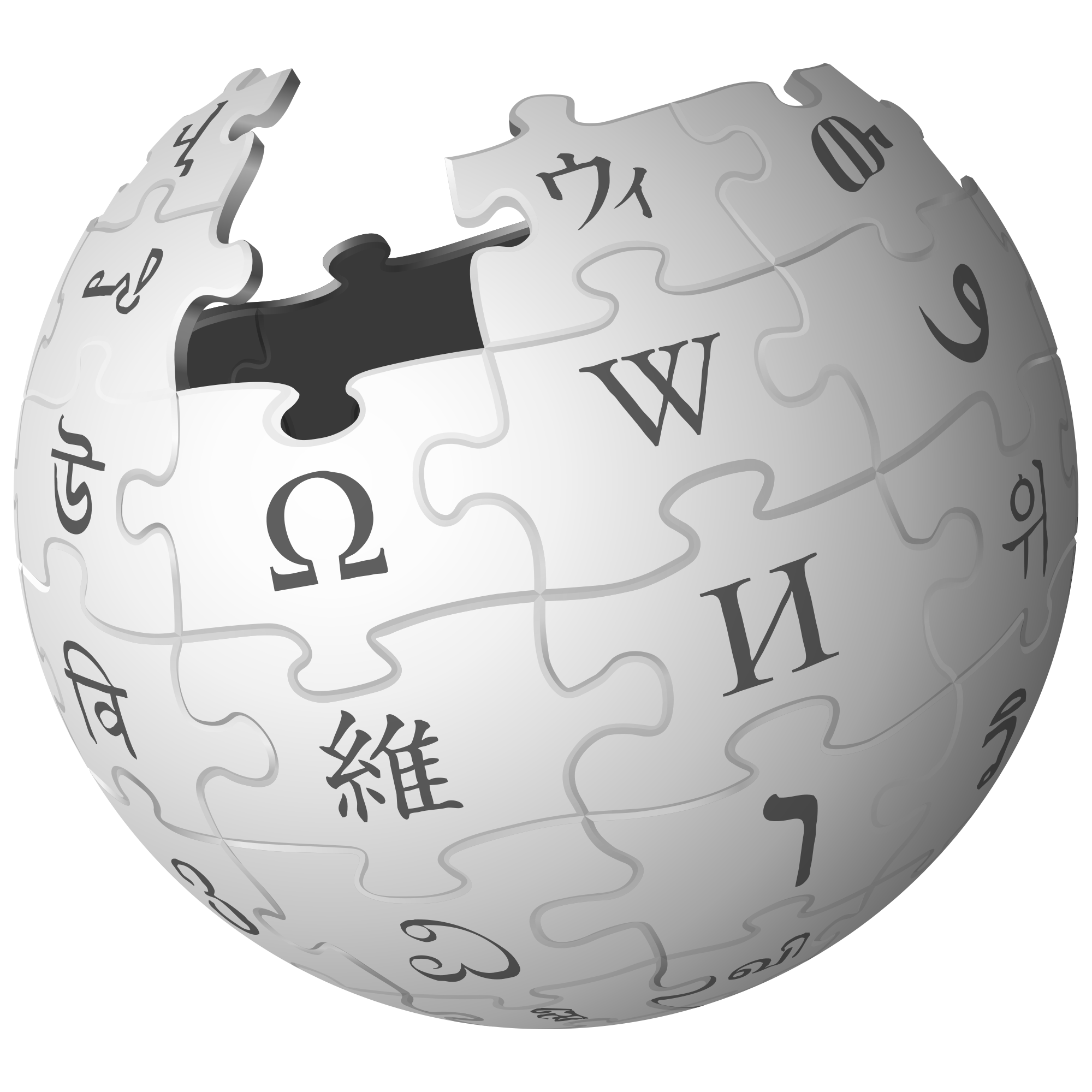The one part I haven’t heard mentioned in other articles or videos about this is
Since the end of atmospheric nuclear testing, background radiation has decreased to very near natural levels,[5] making special low-background steel no longer necessary for most radiation-sensitive uses, as brand-new steel now has a low enough radioactive signature that it can generally be used.
I guess I assumed it would linger around for decades to come
The last above ground test was in 1980. Some of it will linger around for decades to come. Cesium-137, for example, has a half life of about thirty years. But, the vast majority has a half life measured in hours or days.
The longer the half life, the less radiation it emits per time. (Or at least that’s what a quick web search says.) So the initially produced radioactive products will emit a ton of radiation per time, but have a short half life and they will quickly become the next element in the series, which will be less radioactive per time but will stick around longer, and then repeat repeat repeat. Each next element it becomes will give off less radiation per time but will be in existence for longer.
It’s not responsible to go into nuance without a lot of preface.
In the natural environment decay is often slowed or hastened based on conditions. And, there’s no human perceptible difference for many half lives: full dose = death; 1/1024th dose = death (1/2^10, 10 half lives).
But, your science is sound in a perfectly sterile environment.
Very surprising to me as well! Also, the amount of decrease:
“World anthropogenic background radiation levels peaked at 0.11 mSv/yr above natural levels in 1963, the year that the Partial Nuclear Test Ban Treaty was enacted. Since then, by about 2008, anthropogenic background radiation has decreased to 0.005 mSv/yr above natural levels.”
People tend to vastly overestimate the impact of radiation and fallout. Even the by a very large margin worst nuclear disasters, Fukushima and Chernobyl, have not killed more than 100.000 people. And especially Chernobyl, with the reactor core being openly burning while melting down, generated immense amount of highly radioactive ash and dust that was deposited in the area.
Nuclear weapons, especially thermonuclear devices which have been the mainstay since the 1950s, excel at using almost the entire nuclear fuel provided to generate raw energy. There simply remains extremely little radioactive material that isn’t fissioned or fused into stable compounds in very short amounts of time during and immediately after the explosion. There’s always gonna be some grams of material with longer half lives, but as others correctly pointed out: the longer the half life, the less radiation per minute it generates. And even this remaining radiation can easily be contained when the weapon is detonated underground, which was the norm after the 1963 partial test ban treaty.



